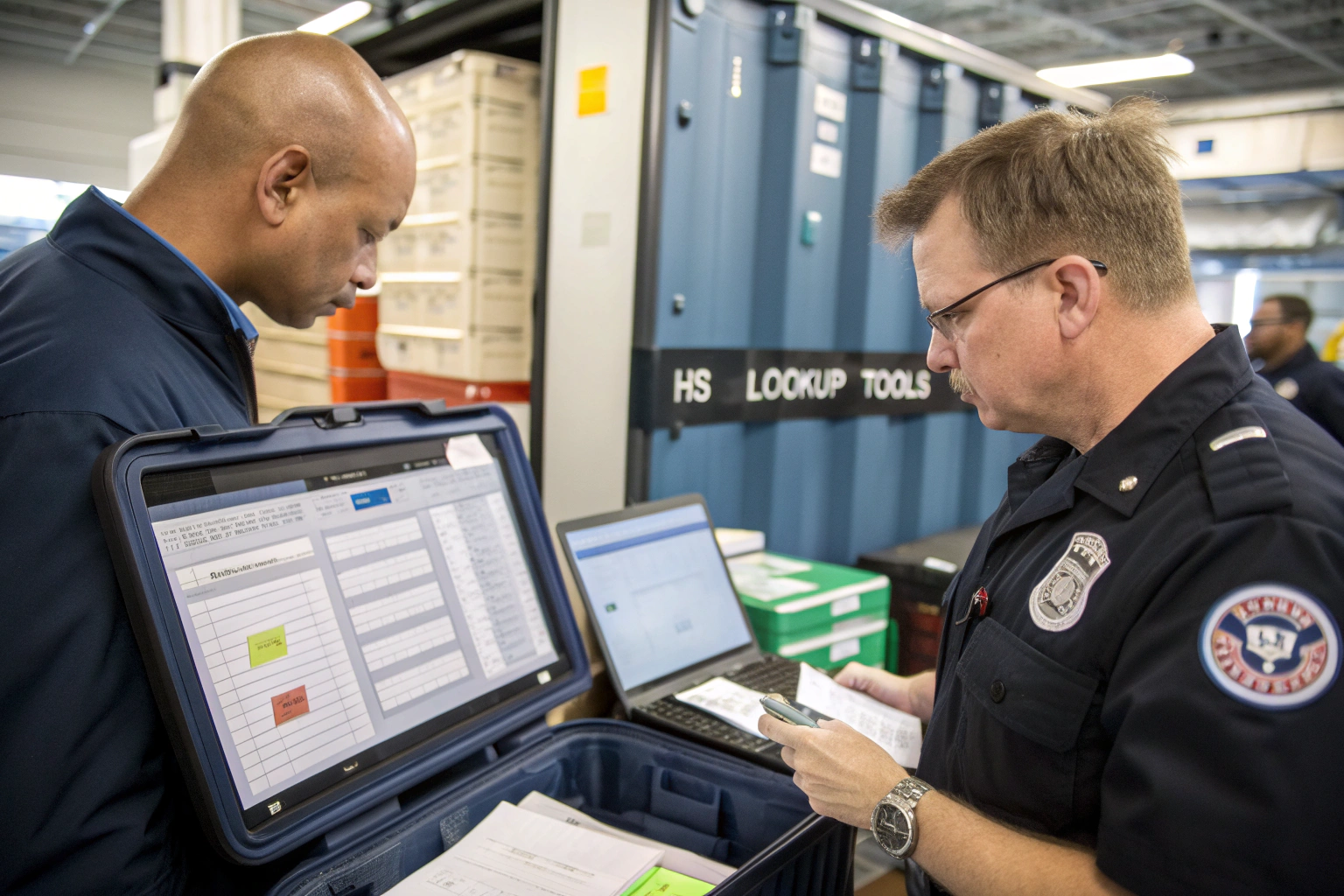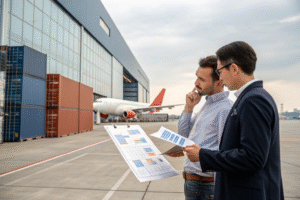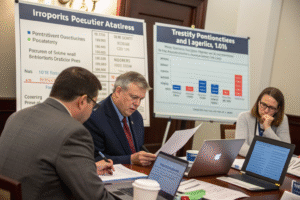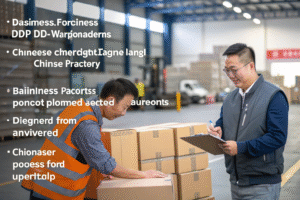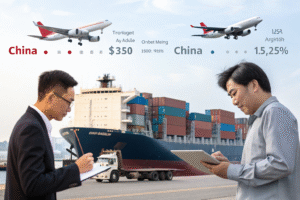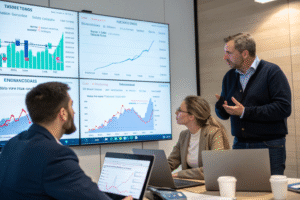Every percentage point counts when you’re importing from China. With Section 301 tariffs and duty rates rising on hundreds of product categories, many importers are looking for legal ways to reduce landed costs—without violating U.S. customs law. That’s where tariff engineering comes in.
Tariff engineering is the legal process of modifying product design, material content, or classification to qualify for lower duty rates.
It’s not a loophole. It’s strategy—used by big-box retailers and eCommerce sellers alike to stay competitive in a high-tariff environment.
Let’s break down what tariff engineering means, how it’s applied, and how you can use it to reduce your import duties from China to the United States in 2025.
What Exactly Is Tariff Engineering?

Is Tariff Engineering Legal?
Yes—100% legal if done before importation. U.S. Customs and Border Protection (CBP) allows importers to design products in ways that align with more favorable tariff classifications, as long as:
- The product is accurately described and classified
- No part of the process involves deception or false labeling
- The physical product entering the U.S. matches the declared code
This legal strategy has been upheld in landmark cases like U.S. v. Citroen (1916) and reinforced by modern rulings.
Explore the CROSS Rulings Database and the CBP Informed Compliance Publications for legal references.
What Kinds of Changes Can Qualify?
Typical changes include:
- Material substitutions (e.g., switching from leather to PU)
- Product reassembly or disassembly
- Country of origin shifts via substantial transformation
- Functional tweaks (e.g., removing electronic parts)
- Kit packing (importing parts separately vs assembled)
Each change can trigger a different HS code—with different duty rates.
Learn more from Husch Blackwell’s trade insights and Trade.gov import strategies.
What Are Some Common Tariff Engineering Examples?
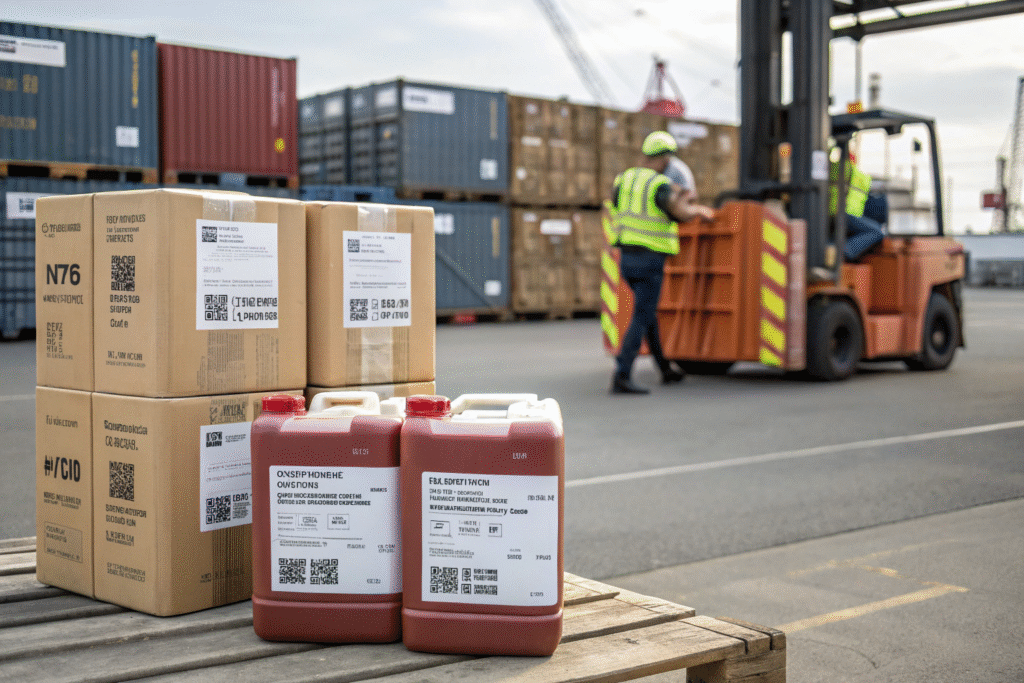
Can Material Changes Reduce My Tariffs?
Yes. For example, importing cotton socks (HS code 6115.95.9000) from China incurs a 16% duty + 25% Section 301 tax. But polyester-blend socks may fall under 6115.96.9020, with lower rates.
Similarly:
- PU handbags are often taxed lower than leather
- Wool-blend sweaters may carry lower duty than 100% wool
- Aluminum zippers may avoid additional steel-related tariffs
But be cautious—material changes must be genuine and consistent. Misdeclaration is considered fraud.
Explore HS detail at the Harmonized Tariff Schedule and ImportYeti data.
Does Assembly Affect Duty Rate?
Yes. Assembling goods outside of China—like in Vietnam or Mexico—may result in a different country of origin, reducing or eliminating China-specific tariffs.
For example, if fabric is woven in China but garments are cut and sewn in Vietnam, origin may shift to Vietnam—exempting Section 301 tariffs.
Key terms:
- Substantial Transformation = new product + new function
- Final Processing Country = determines COO in most cases
Consult the CBP COO guidelines and WTO origin rules for details.
What Are the Risks and Rules of Tariff Engineering?
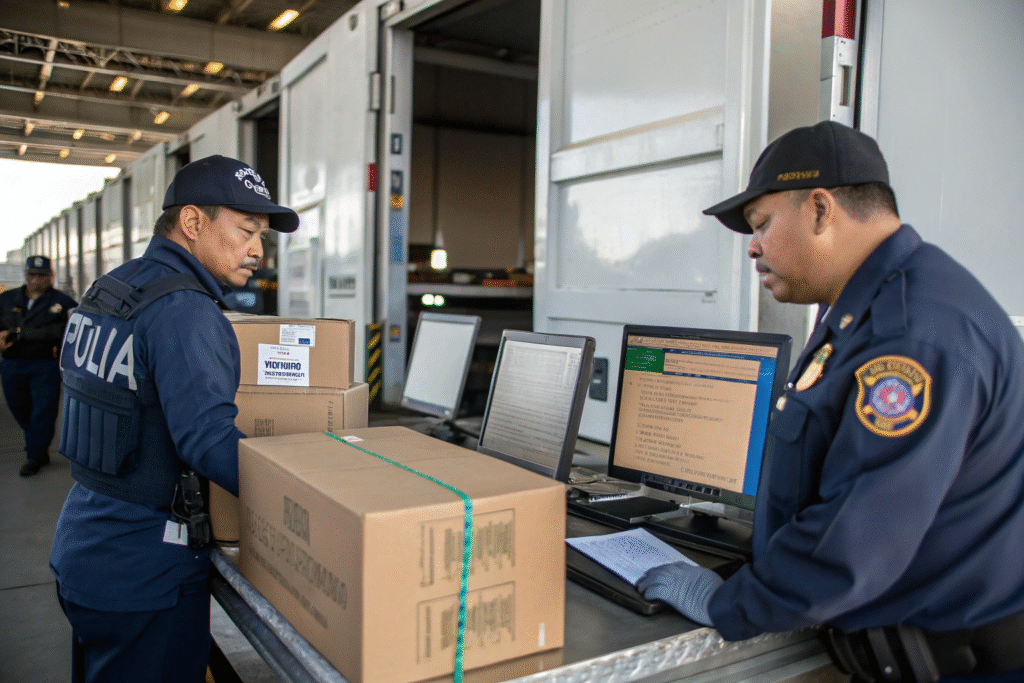
What If Customs Disagrees with My Classification?
CBP can challenge your classification during:
- Port inspections
- Post-entry audits
- Random entry reviews
- Entry reconciliation programs
If they reclassify your product under a higher-duty HTS, you’ll owe retroactive duties + interest and possibly face fines or audits.
This is why many importers request Binding Rulings from CBP before shipping.
Learn how at CBP’s Binding Ruling Process or use Tradewin’s classification support.
What Documentation Should I Keep?
To stay compliant, maintain:
- Product specs and engineering docs
- Samples or images showing product differences
- Country of origin certificates
- Manufacturer affidavits
- Correspondence with legal/trade advisors
These support your case during audits and speed up dispute resolution.
Use tools like Descartes CustomsIQ or Amber Road’s GTM suite to automate classification compliance.
How Can GeeseCargo Support Your Tariff Engineering Strategy?

Do You Offer Classification Support?
Yes. At GeeseCargo, we help clients:
- Identify cost-saving HS codes
- Cross-reference classification rulings
- Request pre-shipment CBP reviews
- Coordinate with suppliers to adjust product design
- Integrate duty optimization with packaging and DDP quotes
We also maintain an internal tariff matrix for apparel, accessories, electronics, gifts, and household goods, making your sourcing decisions smarter.
You can also access CBP’s ACENet portal for entry history and duty reports.
Can You Help with Country of Origin Strategy?
Absolutely. We assist in:
- Country shift modeling
- COO rule assessment
- Supporting documents for COO claims
- Factory evaluation across Vietnam, Thailand, and Indonesia
Our clients have saved up to 28% in landed costs by shifting light processing or final assembly operations.
Get inspired by Baker McKenzie trade case studies and stay updated via Sandler Travis customs insights.
Conclusion
Tariff engineering isn’t a loophole—it’s a powerful, legal tool to stay profitable in a high-tariff era. By designing your imports with compliance in mind, you can reduce duties, avoid risks, and gain a competitive edge. At GeeseCargo, we combine trade law insight with hands-on sourcing support to make sure you never pay more than you legally have to. Start engineering smarter, cheaper imports—before the container leaves China.
